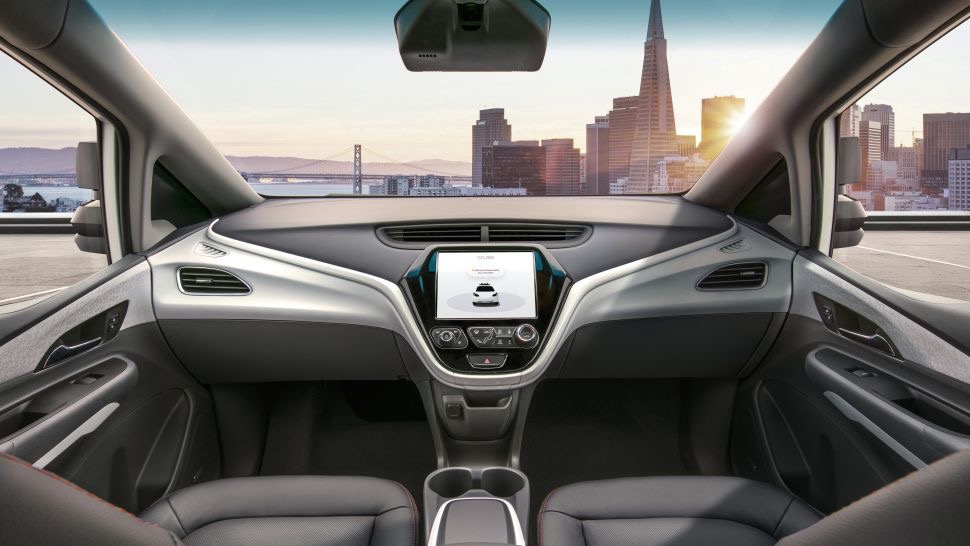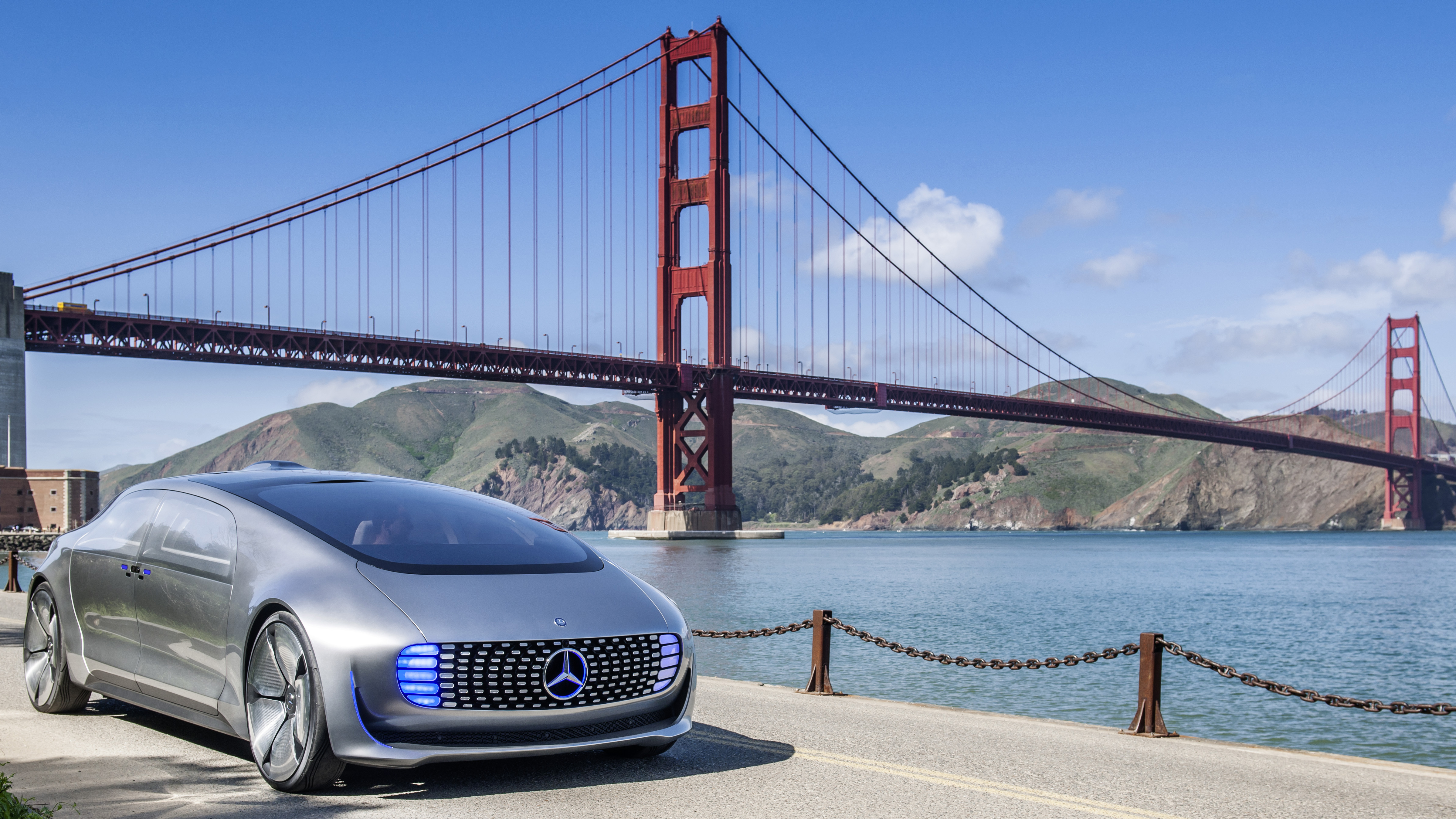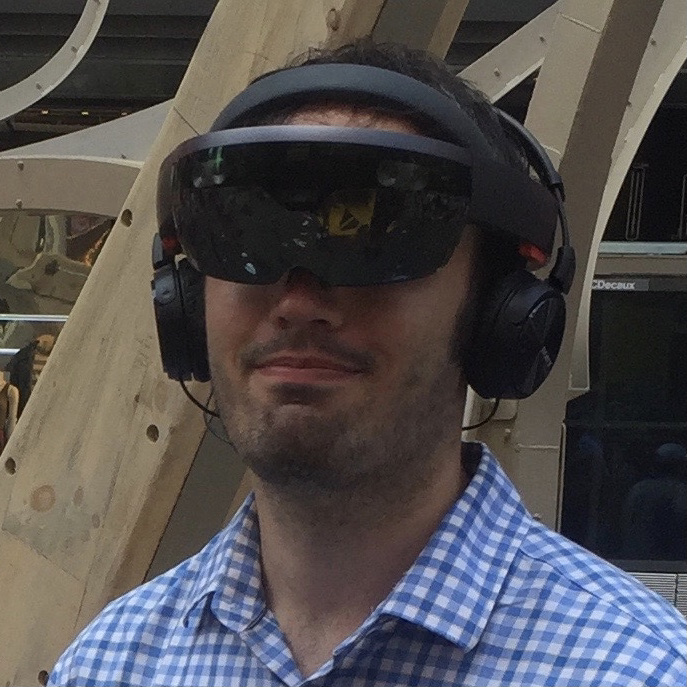Self-driving cars in California no longer require a human behind the wheel
No steering wheels required, for that matter

In most US states where self-driving car testing is allowed, laws require that a human must always be behind the wheel, just in case.
Now, though, California’s Department of Motor Vehicles (DMV) has announced new regulations that will let autonomous autos drive solo beginning in April – relatively speaking.
The National Highway Traffic Safety Administration has approved the DMV’s new guidelines for self-driving vehicles; so long as self-driving cars are being remotely monitored by an operator, they will be allowed to drive anywhere in California.
As we first reported last October, these cars will no longer need to accommodate human driving needs. In other words, if GM wants to send out a car without a steering wheel, California’s new rules could allow it.
The DMV’s press release summarizes the key requirements companies must meet to set driverless cars loose. Would-be self-driving car companies must certify that their cars have been adequately tested in isolated conditions before these can go on public roads. And the models must have a remote “communication link” to a human monitor who can take control immediately, and who has undergone remote driving training.
Should the worst happen, companies must report any collisions within 10 days, and cars must have the capability to visibly display insurance information to other drivers or pedestrians. Self-driving cars must also “defend against, detect and respond to cyber-attacks, unauthorized intrusions or false vehicle control commands”, to ensure that remote monitoring is never cut off.
“Safety is our top concern,” DMV Director Jean Shiomoto said in the release. “This is a major step forward for autonomous technology in California.”
Get daily insight, inspiration and deals in your inbox
Sign up for breaking news, reviews, opinion, top tech deals, and more.
Setting self-driving cars loose(-ish)
California has already issued permits for human-monitored self-driving tests for the biggest names in the industry. Uber lost and regained its self-driving privileges after high-profile collisions, Waymo is testing its fleet in San Francisco and Mountain View, and Apple, Hyundai, Samsung, and Tesla are just a few of the others with California self-driving permits.
Many of these companies have lobbied California for years to change its regulations, and likely are already putting together applications to send their fully driverless cars on the road.

One interesting note is that Apple lobbied the DMV for changes concerning “disengagements” – moments when a human takes control of cars due to accidents or AI error – saying these should not be publicly reported. But the new regulations require every company make an annual report containing each disengagement “with enough detail that a non-technical person can understand,” which suggests these could be publicly circulated.
Our thought is that the more transparency on how often AIs need their virtual hands held by remote operators, the better.
Uber also won’t be fully satisfied with these regulations. They specifically state that, “A member of the public may ride as a passenger in an autonomous test vehicle if there are no fees charged to the passenger or compensation received by the manufacturer.” In other words, no using test vehicles to act as self-driving taxis just yet.
- 10 best dashcams you can buy right now
Michael Hicks began his freelance writing career with TechRadar in 2016, covering emerging tech like VR and self-driving cars. Nowadays, he works as a staff editor for Android Central, but still writes occasional TR reviews, how-tos and explainers on phones, tablets, smart home devices, and other tech.
